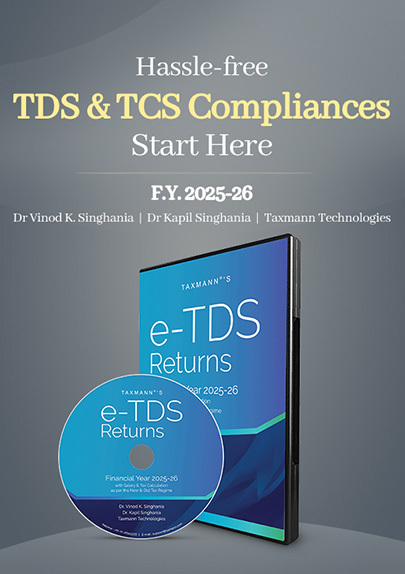CIRP Moratorium Doesn’t Bar the Attachment of Mortgaged Properties Under PMLA by ED | AT-SAFEMA
- Blog|News|FEMA & Banking|
- 2 Min Read
- By Taxmann
- |
- Last Updated on 14 April, 2025

Case Details: State Bank of India v. Deputy Director, Directorate of Enforcement - [2025] 173 taxmann.com 250 (SAFEMA-New Delhi)
Judiciary and Counsel Details
- Munishwar Nath Bhandari, Chairman & Rajesh Malhotra, Member
-
Ankur Mittal, Abhay Gupta, Ms Preeti Choudhary, Ashish Rana, Arurag Kumar Singh & Jatin Kumar Gaur, Advs. for the Appellant.
-
Ankit Talsaniq & Abhiman Kaul, Advs. for the Respondent.
Facts of the Case
In the instant case, CBI registered an FIR against company ‘S’ and others for cheating various banks. In the said FIR, it was alleged that the company represented by its director had entered into a conspiracy with public servants of multiple banks and, accordingly, availed itself of various credit facilities from the said banks based on false and inflated stocks and receivables statements.
The Enforcement Case Information Report followed the said FIR. In the course of the investigation, the respondent-ED attached the company’s immovable properties, which were mortgaged to various financial institutions, including the appellant bank. The Adjudicating Authority confirmed the attachment.
Thereafter, the appellant filed an application to release the properties, stating that the CIRP had been commenced against the company. Thus, proceedings for the attachment of properties could not have commenced in view of the moratorium under Section 14 of the IBC.
It was noted that the provision of section 14 does not bar the attachment of property under PMLA. Further, the mere initiation of the CIRP does not debar proceedings under PMLA; rather, it would be when the Resolution Plan is approved, covering property under attachment.
However, in the instant case, the appellant failed to record the approval of the Resolution Plan, so the appellant’s arguments could not be accepted.
Appellate Tribunal Held
The Appellate Tribunal held that properties were attached to protect financial institutions who lodged FIR so that in case the accused were convicted, they could seek the release of property under section 8(8) of the PMLA.
Further, the Appellate Tribunal held that there was no reason to cause interference in the impugned order, and thus, the instant appeal was accordingly to be dismissed. However, dismissing the appeal would not affect the appellant bank’s seeking the release of properties by invoking sections 8(6) and 8(8) of the PMLA.
List of Cases Reviewed
- Rajiv Chakraborty v. Directorate of Enforcement reported MANU/DE/4428/2022 (Para 31)
- JM Financial Asset Reconstruction Company Ltd. v. The Deputy Director
- Directorate of Enforcement in FPA-PMLA-3223/MUM/2019 dated 26th April 2024 (Para 50) followed.
Disclaimer: The content/information published on the website is only for general information of the user and shall not be construed as legal advice. While the Taxmann has exercised reasonable efforts to ensure the veracity of information/content published, Taxmann shall be under no liability in any manner whatsoever for incorrect information, if any.

Taxmann Publications has a dedicated in-house Research & Editorial Team. This team consists of a team of Chartered Accountants, Company Secretaries, and Lawyers. This team works under the guidance and supervision of editor-in-chief Mr Rakesh Bhargava.
The Research and Editorial Team is responsible for developing reliable and accurate content for the readers. The team follows the six-sigma approach to achieve the benchmark of zero error in its publications and research platforms. The team ensures that the following publication guidelines are thoroughly followed while developing the content:
- The statutory material is obtained only from the authorized and reliable sources
- All the latest developments in the judicial and legislative fields are covered
- Prepare the analytical write-ups on current, controversial, and important issues to help the readers to understand the concept and its implications
- Every content published by Taxmann is complete, accurate and lucid
- All evidence-based statements are supported with proper reference to Section, Circular No., Notification No. or citations
- The golden rules of grammar, style and consistency are thoroughly followed
- Font and size that’s easy to read and remain consistent across all imprint and digital publications are applied



 CA | CS | CMA
CA | CS | CMA
